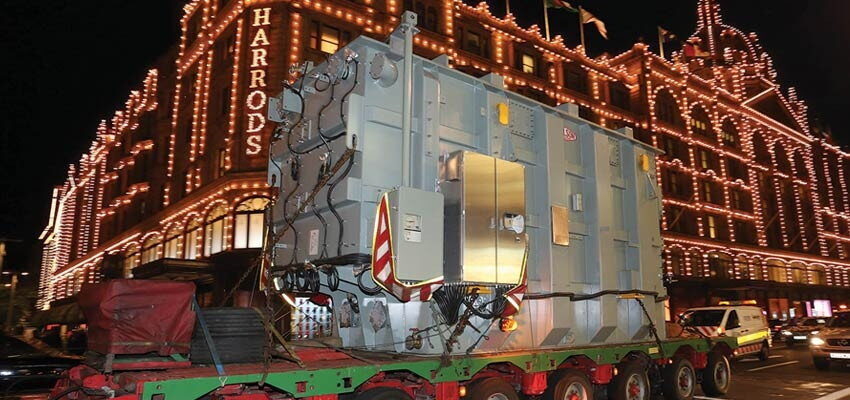
Transport, installation and commissioning of power transformers
Abstract Whilst much attention is quite rightly given to power transformer design, manufacturing and factory acceptance testing, the final stages of the supply chain are...
byKenneth Budin

Abstract
Whilst much attention is quite rightly given to power transformer design, manufacturing and factory acceptance testing, the final stages of the supply chain are equally important, namely transport, installation and commissioning. The health of the transformer is critically dependent on safe and careful handling during transport and unloading where sudden impacts or shocks can lead to damage of critical components. Of equal importance are the processes and practices used at site during assembly, vacuum processing and addition of the insulating fluid. Commissioning tests ensure that the transformer has not been damaged during handling, that active component connections are correct and that the transformer protection and monitoring systems are operational. This paper will address these issues and provide guidance on world’s best practices to ensure a positive outcome for the supplier and the end customer.
Keywords: power transformers, transport, installation, commissioning
1. Introduction
The primary consideration for transport, installation and commissioning of power transformers is to ensure that all activities can be undertaken with minimal risk to people, equipment and the environment. These considerations are more easily managed at the place of transformer manufacture, where activities are undertaken in a controlled environment and those who work with and are in the vicinity of the transformer are appropriately experienced and trained. However, as soon as the transformer leaves the factory, it will enter spaces and locations that are open to the public such as roads, or are under the control of others such as substations which may be in service, under construction or a combination of both. It is essential then that considerable time and effort is given to planning and preparation of detailed and job-specific safe work method statements, site safety management plans and other related documentation. Whilst this paper will focus on the technical aspects of transformer delivery and installation, the safety and environmental aspects are certainly paramount at all times.
2. Guides
An excellent guide on transport is provided by IEEEC57.150 – 2012, Guide for the Transportation of Transformers and Reactors Rated 10,000 kVA or Higher [1]. Other useful information is also found in CIGRE Technical Brochure 520, Guide for Conducting Factory Capability Assessment for Power Transformers [2]. The latter document highlights an issue which is often overlooked in assessing the capabilities of transformer manufacturers, and highlights the importance of the manufacturing also demonstrating that it has a high level of experience and competence in transport, assembly and commissioning.
For installation, including transport, refer to IEEE C57.93 – 2007, Guide of Installation and Maintenance of Liquid-immersed Power Transformers [3].
3. Transport and delivery
3.1 Delivery terms
Delivery terms for transformers will range from ex-works with the buyer being responsible for all costs and risks from that point forward, to the seller being responsible for all aspects of transport, unloading, and placement into position. Reference will need to be made to the contract commercial conditions and the associated International Commercial Terms (INCOTERMS) which determine the responsibilities and costs for the seller and the buyer. These are divided into four groups:
1. Group C: supplier is responsible for arranging and paying for transport and delivery of goods to a nominated destination or port but local transport and unloading may be arranged by the buyer.
2. Group D: generally used where the supplier is responsible for delivery and unloading to the final location with associated installation and commissioning within the scope of works. This approach is highly recommended as it clearly defines the point of handover and ensuing responsibility for any warranty claims.
3. Group E: This is generally used in ex-works contracts where the buyer is responsible for all transport and unloading arrangements. The seller is usually responsible for loading the transformer onto the designated transport vehicle.
4. Group F: This is when the buyer wishes to arrange for main transport separate from the seller, with the seller generally transporting to a main shipping location such as a port.







